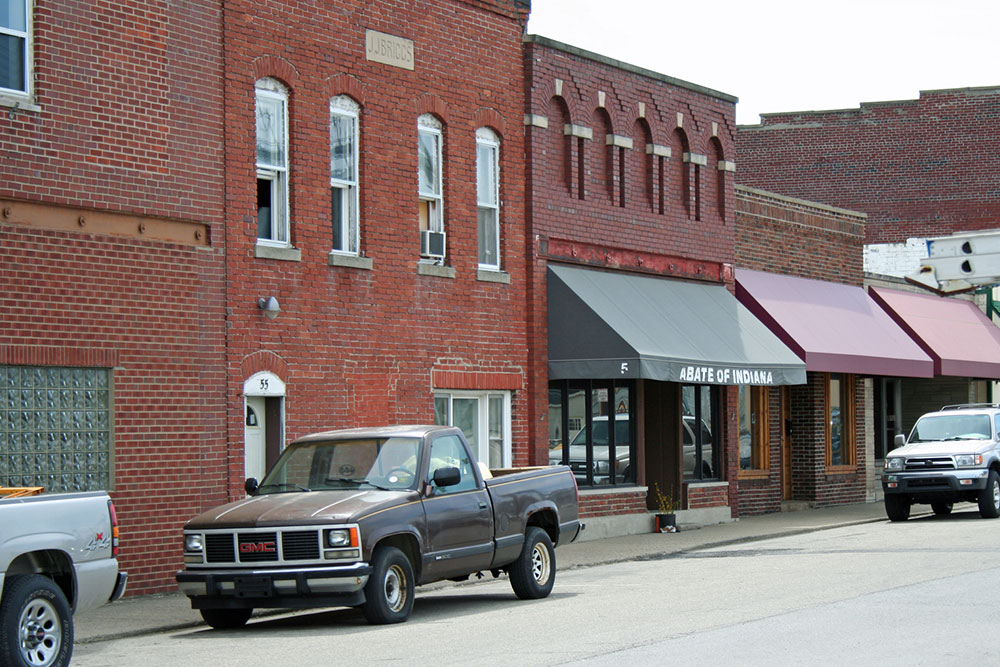4 mistakes to avoid when buying pickup trucks

Who isn’t excited at the prospect of buying a new vehicle, especially one as powerful and multi-faceted as a pickup truck? With so many types, brands, and configurations available on the market, choosing the right pickup truck can feel overwhelming, particularly for first-time buyers. To simplify this experience, here is a list of four common mistakes people make when buying a pickup truck and how to steer clear of them.
Failing to understand what one needs
Don’t be in a hurry to run to the dealership to finalize that purchase. Instead, take time to outline some requirements, such as a list of key features, capabilities, and highlights that the truck must have. Also, when looking for the ideal truck, consider its size, engine, payload capacity, and towing abilities to suit one’s needs.
For example, those planning to use the truck for business may want to look for an option with a higher towing or hauling capacity, while families may want one with comfortable interiors, a longer bed for camping and adventures, and a plethora of safety features.
Forgetting the total cost of ownership
The base MSRP is only the starting point when it comes to buying a pickup truck. To get a better idea of the overall cost of ownership, there are many other factors to consider when buying a new truck, such as insurance, fuel, maintenance, and repairs.
Overlooking truck size
This is a common mistake, especially made by first-time pickup truck buyers. Full-size pickup trucks can be extremely tricky to maneuver in tight spaces. Moreover, they may not fit comfortably in standard-sized garages. Pay special heed to factors such as drivability and ease of parking to ensure a smooth driving experience.
Cutting costs on safety features
Despite their rough, adventure-ready looks, safety features are not standardized across pickup trucks. Base models, in particular, come with very few safety features. Unfortunately, many people end up buying these base models in an attempt to cut corners and save money. Experts recommend opting for cars with advanced safety features, such as blind spot monitoring, automatic emergency braking, and lane-keeping assist. Springing for these features can help one ensure a safe driving experience and may even offer savings on insurance premiums.



